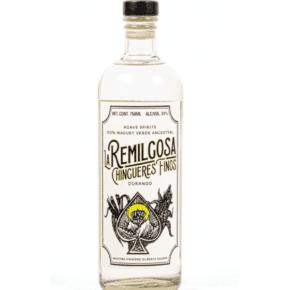What is a Filipino still? In the world of agave spirits, this term refers to the pot stills used in mezcal production in certain regions, including coastal and southern Jalisco, Michoacan, and some places in Oaxaca, such as Santa Caterina Minas and Sola de Vega. Evaporation and condensation occur inside the wooden or clay chamber. A Filipino still may be made from a hollowed-out tree trunk or clay pots, augmented by a copper condenser. The stills are usually wood-fired.
This distilling technology was brought to Mexico by Filipino indentured servants and sailors who manned the Spanish galleons that traversed the trade route from Manila to Mexico. Ships were built in Barra de Navidad, on the southern coast of Jalisco, and the first galleon sailed from that port in 1564. The trade route became a fascinating locus of cultural exchange.
Many Filipinos escaped the terrible conditions on the galleons by jumping ship shore onto the coast of what we now call Mexico. They settled in Guerrero and Colima, where they began cultivating coconut palms and making lambanog, a coconut palm sap (see tuba) brandy that the Spanish called vino de cocos. By 1610, there were at least 60 vino de cocos tabernas in the village of Colima.
The Spanish government promptly outlawed the liquor. The decree stated, “The sale of Castilian wine is being hindered in these provinces by the excessive use of palm wine, and the royal treasury is therefore deprived of its rightful tax money.” The viceroy also noted that, “The wine used in churches for celebrating mass is being adulterated with palm wine*.”
The punishment for making vino de cocos was serious (and predictably racist*), but this didn’t stop the taberneros. In fact, production spread. The technology could be used to distill anything with a high sugar content, and agave was an obvious choice. The earliest known reference to distilling mezcal dates to 1616, as documented by Paulina Machuca, in her excellent book El vino de cocos en la nueva españa. Machuca is emphatic that raicilla and other mezcal in Western Mexico evolved from the vino de cocos tradition.
In 1626, a hurricane wiped out the cacao fields that had been the principal source of income for the settlers of Colima, and the Spanish government lifted the ban on vino de cocos in order to revive the destitute economy. This coastal industry remained strong until the early 1700s. It was eventually overtaken by mezcal production, in part due to the prevalence of agave across Mexico.
*Early Coconut Culture in Western Mexico by Henry J. Bruman, 1945
*Spaniards caught distilling vino de cocos had to pay a fine and were exiled from their homes for two years. Blacks and mestizos were also exiled but also received a public whipping of 100 lashes. Indigenous people received 50 lashes while tied to a pole in the center of town. (Bruman)













Leave a Comment